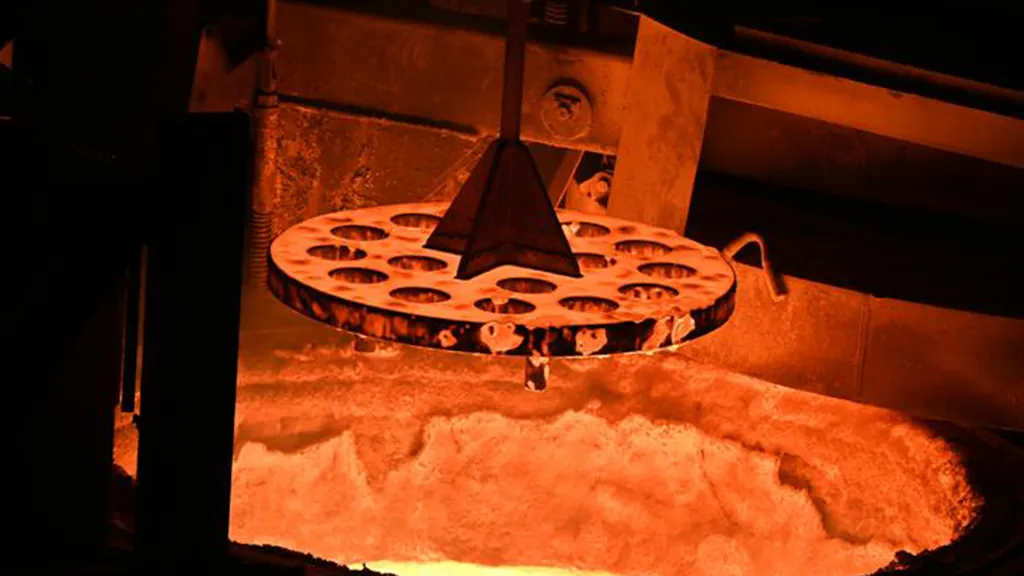In a significant stride towards sustainability in the concrete industry, researchers have developed a method to recover a substantial portion of anhydrous cement from concrete slurry waste (CSW), paving the way for its use as a supplementary cementitious material (SCM) in low-CO2 concretes. This innovative approach, detailed in a study published in the journal *Cleaner Engineering and Technology* (translated from Portuguese as *Cleaner Engineering and Technology*), could substantially reduce the environmental footprint of concrete production.
Concrete slurry waste, a by-product from returned concrete and mixer truck washing, typically accounts for 3-5% of total concrete production. While various recycling strategies exist, large-scale recovery of the anhydrous cement fraction within CSW has remained elusive—until now. The study, led by Daniel O.F. Silva from the Department of Construction Engineering at the University of São Paulo’s Escola Politecnica, introduces a filtering and rapid drying procedure applied to CSW upon its return to ready-mixed concrete plants (RMCPs).
The research team evaluated the influence of recovery time and the type of concrete waste on the preservation of the anhydrous cement fraction. Their findings were striking: the anhydrous cement content in CSW was approximately 30% by mass, thanks to the efficiency of the filtering and rapid drying process. Notably, the time of exposure to water had no significant effect on the preserved anhydrous cement fraction.
Silva emphasized the potential impact of this discovery: “This methodology could revolutionize the way we handle concrete slurry waste. By recovering and reusing the anhydrous cement, we can significantly reduce the need for Portland cement, a major contributor to CO2 emissions in the construction industry.”
The recovered material was subsequently used to partially replace Portland cement in cementitious paste formulations. The resulting pastes exhibited mechanical strength values comparable to, or statistically equivalent to, those of the reference paste made with 100% Portland cement. This breakthrough could enable ready-mix concrete plants to operate with zero waste, while also reducing specific CO2 emissions by up to 55%.
The commercial implications for the energy sector are substantial. By reducing Portland cement consumption by approximately 15% by mass in ready-mix operations, this method could contribute to a more sustainable and cost-effective concrete production process. The study’s findings suggest that the recovered anhydrous cement fraction can be a viable SCM, offering a sustainable alternative to traditional cementitious materials.
As the construction industry continues to seek ways to minimize its environmental impact, this research offers a promising solution. The methodology developed by Silva and his team could shape future developments in the field, encouraging the adoption of more sustainable practices and reducing the carbon footprint of concrete production.
The study, published in *Cleaner Engineering and Technology*, highlights the potential for significant advancements in the recycling and reuse of concrete slurry waste. By leveraging innovative technologies and methodologies, the construction industry can move towards a more sustainable and environmentally friendly future.

